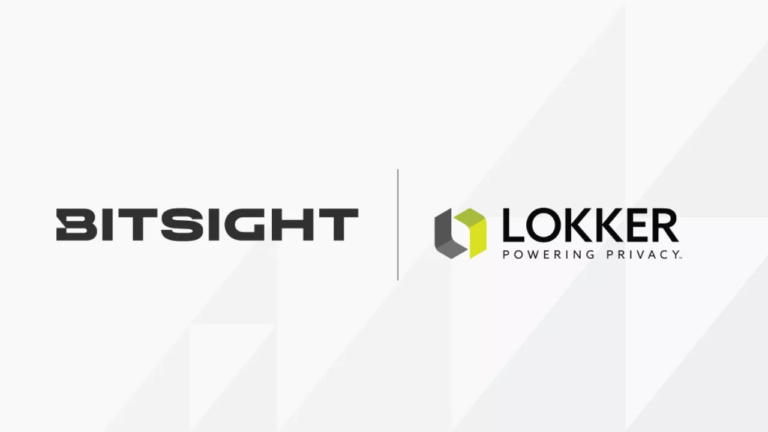So, you’ve decided to roll out a consent management tool? Kudos—that’s a solid move towards aligning with today’s data privacy laws. But don’t get too comfortable just yet. Implementing a new cookie consent banner comes with its own set of challenges. To help you avoid costly compliance pitfalls, we’ve rounded up common mistakes that can lead to fines and violations.
Here’s the deal: setting up a Consent Management Platform (CMP) requires a lot of manual setup work and ongoing management. From integrating the tool into your website and tailoring the banner to meet local or national regulations, to accurately classifying cookies and setting up scanning schedules for new tags—there’s a lot that can go awry. This can easily lead to errors and misunderstandings, resulting in ineffective consent management and potential legal trouble.
Stay sharp and make sure every detail is spot-on to keep your compliance game strong and your user trust intact by avoiding the common mistakes outlined below.
This is the latest post in our consent management series.
Read more about technical limitations of consent tools and deceptive practices.
Top 9 Common Cookie Consent Banner Mistakes
1. Missing Consent Banner
- Mistake: The consent banner does not appear on certain pages, such as subdomains, landing pages, or campaign pages.
- Impact: This oversight can lead to non-compliance with privacy laws, as users on these pages are not presented with the opportunity to consent or manage their preferences.
2. Inconsistent Web Scanning Schedule
- Mistake: Trackers and cookies that are added to the website after the initial setup of the consent banner may not be detected due to an inconsistent or infrequent scanning schedule.
- Impact: New cookies or trackers could be deployed without obtaining proper user consent because they aren’t surfaced in the banner, leading to non-compliance with regulations.
3. Incorrect Tag Categorization
- Mistake: Misclassifying cookies, such as labeling “Targeting” or “Advertising” tags as “Strictly Necessary,” which should only include essential cookies required for the basic functionality of the site.
- Impact: Incorrect categorization can lead to improper consent management, where users may unknowingly consent to cookies they would prefer to reject. This mismanagement can result in non-compliance with privacy regulations, damaging the organization’s credibility and trustworthiness.
- Let’s dive deeper into this issue: Cookie classification is difficult by nature because of the subjectivity. There’s no universal standard for labeling cookies, so it’s up to individuals to interpret and categorize them—often leading to confusion, especially when cookies serve similar functions or are downright unrecognized. Take this extreme case: our platform found one media site with a staggering 473 third-party cookies. Managing this cookie overload is not just overwhelming—it’s a serious challenge for ensuring each cookie is correctly categorized and compliant.
4. Failure to Update the Consent Banner
- Mistake: Not updating the consent banner after adding new functionality to the site or when the scripts drop new cookies.
- Impact: When the consent banner isn’t updated, new cookies or trackers might not be included in the consent management process, leading to unauthorized data collection.
5. Incomplete or Confusing Information About Cookies
- Mistake: Providing insufficient details about what cookies are being used, their purpose, and who they share data with, or using legal jargon that users may not understand.
- Impact: Users may not be able to make informed decisions if the information is unclear or incomplete.
6. Ignoring Local Regulations
- Mistake: Implementing a one-size-fits-all consent banner without considering specific regional regulations, such as GDPR in the EU or CCPA in California.
- Impact: Different regions have different requirements for consent management, and failing to customize the banner accordingly can lead to non-compliance.
7. No Clear Cookie Policy Link
- Mistake: Failing to provide a clear and accessible link to the cookie policy within the banner.
- Impact: Without easy access to the cookie policy, users may not be able to review important information, leading to transparency issues. This lack of transparency can result in non-compliance with privacy regulations and a loss of user trust.
8. Ineffective Consent Withdrawal Mechanism
- Mistake: Not providing an easy way for users to withdraw their consent or change their cookie settings.
- Impact: Users need to be able to easily manage their cookie preferences; otherwise, their consent may not be considered valid. This can lead to non-compliance with regulations that require an option for users to withdraw consent at any time.
9. Failure to Test and Validate
- Mistake: Not thoroughly testing the consent banner across different browsers, devices, and scenarios to ensure it functions as expected.
- Impact: Technical issues can arise if the banner isn’t properly tested, leading to non-compliance or a poor user experience. We wrote a whole article about the technical limitations of consent, read it here.
Bottom line: Making these mistakes can lead to unauthorized data collection, erode user trust, and land you with hefty fines. If your consent management isn’t up-to-date and precise, you’re not just risking non-compliance—you’re missing out on the chance to be transparent and trustworthy with your users. Nail the details, keep your consent practices sharp, and you’ll stay on the right side of the law while building stronger relationships with your audience.
Is Your Consent Banner Up to Par?
Don’t wait for a legal notice to find out. Request a personalized consent verification report from Lokker. We offer a free sample report that scans a few pages of your website to determine if your consent banner is truly working. We’ll check for missing cookies, active tracking despite “Reject All” selections, and more.
Have questions or concerns? Reach out to us to learn more about our new consent management platform, specifically designed to address these common pitfalls.








